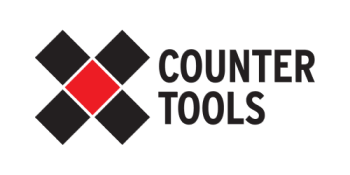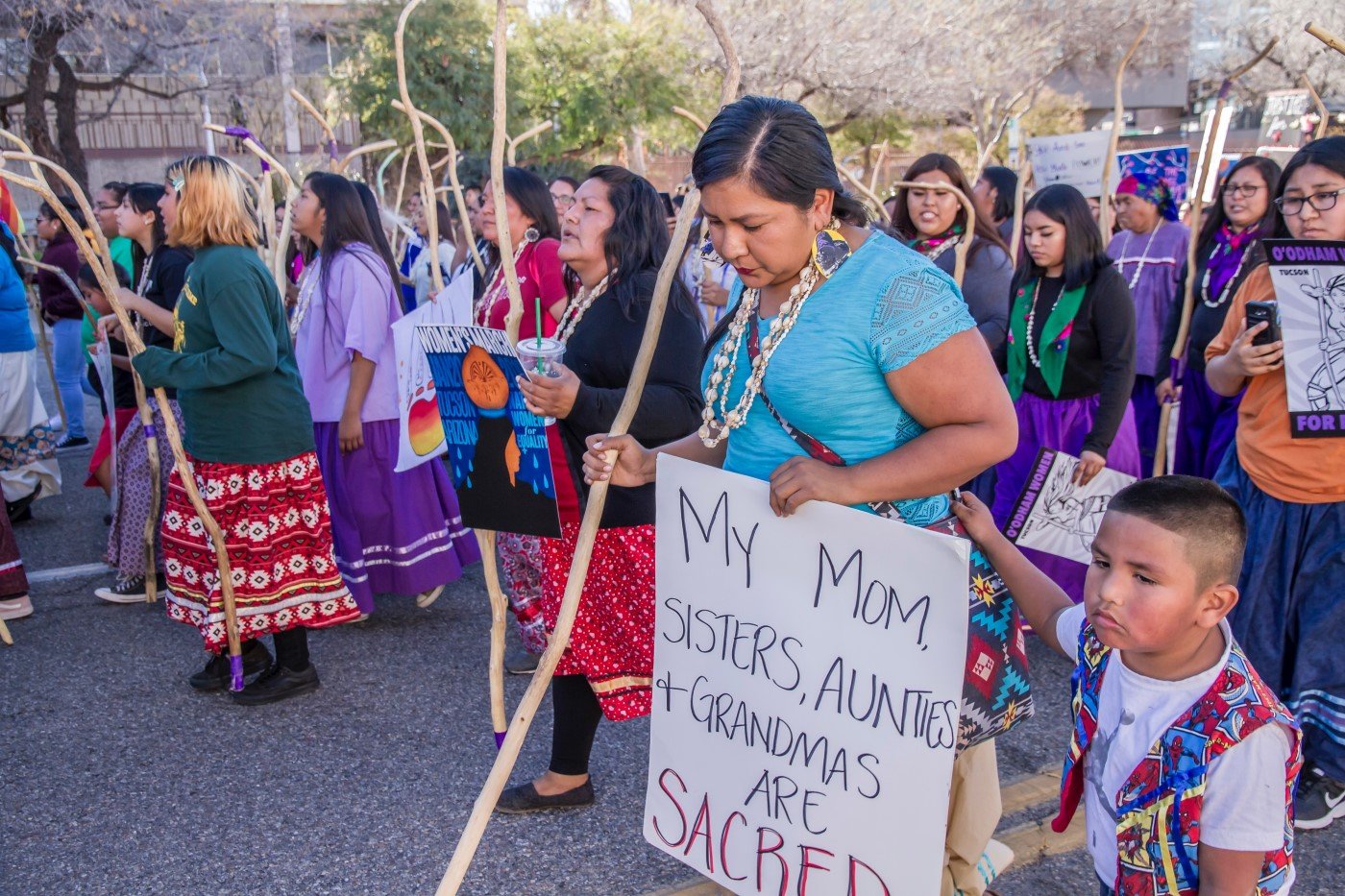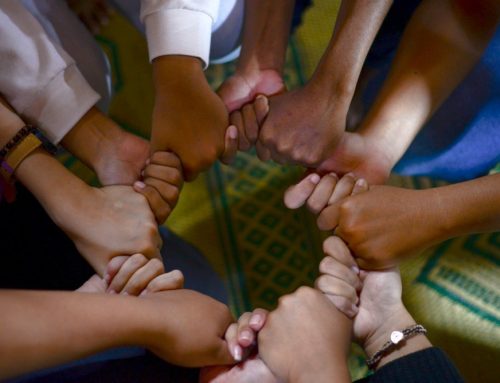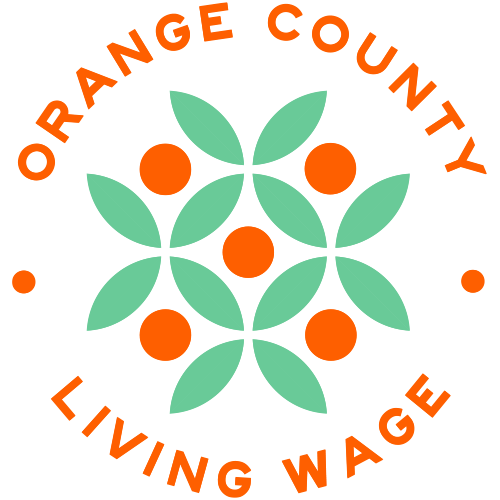This week marked Indigenous Peoples’ Day, which recognizes Native Americans as the first inhabitants of the Americas. In this tumultuous year as we have renewed our focus on inequities and health disparities, we must be sure to reflect and learn about the experiences of Native Americans and join the movement towards creating a new narrative. Here are a few resources we have celebrated at Counter Tools as we reflect this week on Indigenous Peoples’ Day.
In our work understanding tobacco at the point of sale, we know that Native Americans have long been targeted by the tobacco industry, with smoking disparities at one of the highest in the United States. The tobacco industry has exploited Native American images, strategically and opportunistically taking advantage of a long history of some Native Tribes growing and using tobacco for sacred and medicinal purposes. The use of Native images on commercial tobacco products is a manipulation of a cultural history and practice for the sake of cigarette sales. Research has found disparities in tobacco advertising with Non-Hispanic American Indians and Alaska Natives being more exposed than Non-Hispanic Whites. The CDC reports that 43.8% of Native American adults have reported current use of commercial tobacco and have the highest prevalence of cigarette smoking among all racial/ethnic groups in the U.S. We invite you to learn more about Native Americans and POS tobacco at our CounterTobacco resource.
Tribes are aware of the health and community impacts of commercial tobacco and have created campaigns such as Keep It Sacred – National Native Network. This public health resource helps refocus Native American tobacco use back to cultural tradition rather than harmful commercial tobacco use.
Our nation has long been problematic in its telling of history and the narrative around Native Americans. Data published in 2015 showed that 87 percent of the references to Native Americans in U.S. curricula are in the context of American history before 1900, which the authors say teaches students that Native Americans are a “long since forgotten episode in the country’s development.”
To change this narrative, we can look to projects like Reclaiming Native Truth, A Project to Dispel America’s Myths and Misconceptions. They describe it as a “national effort to foster cultural, social and policy change by empowering Native Americans to counter discrimination, invisibility and the dominant narratives that limit Native opportunity, access to justice, health and self-determination.” They have published a helpful messaging guide for allies that works to change the narrative about Native Americans, shares success stories, and describes steps you can take to make change in your own community.
We have also found helpful the resource Native Land which displays a map of North America with an eye-catching overlay of where tribes were originally located or are located today. This is a great tool for learning whose Indigenous land you live on and exploring the history of your community. The site offers a Teacher’s Guide for helping understand how to use the map and foster discussions.
In this pandemic, CDC data show a disproportionate COVID-19 impact in American Indian/Alaska Native populations. In response to this, the CDC has provided funding and other resources to tribal communities such as contract tracing, epidemiological support, and more.
We look forward to continuing to learn about Native Americans, the issues around their historical narrative and current inequities, and how to be strong allies and supporters of change.
Photo by Dulcey Lima on Unsplash of Tohono Indian Women leading the Tucson 2019 Women’s March.





